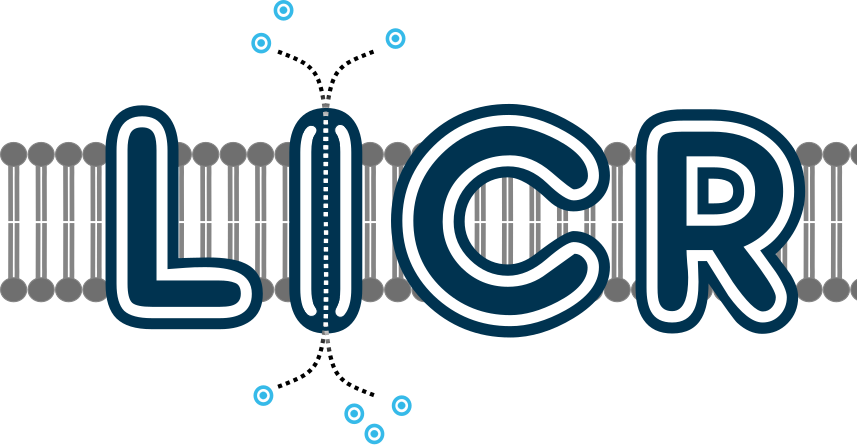Research

Molecular analysis of TRP channel function
How do TRP channels work?
We combine cellular assays (patch-clamp and imaging) with site-directed mutagenesis and biophysical modeling, to gain a deeper understanding of the structure-function relation in TRP channels. In this way, we want to learn more about the physiological role of TRP channels, how disease-causing mutations affect their function and how pharmaceutical compounds could intervene.

Cell biology of TRP channels
How are TRP channels regulated and transported?
Where are TRP channels located in the cell, and how do they get there? What are the cellular signaling pathways that interfere with TRP channel expression or function or that are modulated by TRP channel activity? We combine molecular techniques with advanced imaging approaches and electrophysiology to find an answer to these questions.

In vivo function of TRP channels
What is the channel doing in a living organism?
Using a large variety of ex vivo and in vivo assays, we evaluate how elimination or stimulation of TRP channel activity impacts the physiology of cells, organs and organisms. Knowing the role of TRP channels in control conditions is essential to understand how TRP channel dysfunction can lead to various pathologies.
TRP channels in disease
How to cope with the dark side of TRP channels?
Dysfunction of TRP channels lies at the basis of a large spectrum of human diseases. One group are the heriditary diseases, where gain-of-function, loss-of-function or alteration-of-function mutations in TRP channel genes are the direct cause of the disease. Examples of such hereditary TRP-pathies are polycystic kidney disease (TRPP2), hereditary hypomagnesemia with secondary hypocalcemia (TRPM6), progressive cardiac conduction block (TRPM4) and a variety of skeletal diseases and neuropathies (TRPV4).
A second group are acquired diseases, where altered expression or function of TRP channels substantially influences the pathology. Examples of such acquired TRP-pathies include chronic pain, overactive bladder, asthma and diabetes. We use cellular and animal models to study the processes underlying these various diseases, and collaborate with clinical partners to translate these findings towards clinical applications. This research also forms the basis for targeted drug development projects.

TRP channel pharmacology and drug development
How can we develop new tools to treat TRP-related diseases?
TRP channels are modulated by a large variety of endogenous and exogenous chemical compounds, and represent a promising class of molecular targets for the development of novel drug therapies. We combine cellular assays, biophysical techniques and modeling, and in vivo approaches to study the effect of novel pharmacological compounds on TRP channel activity, with the ultimate aim of developing new therapies.
Further reading
I scream for ice cream - TRPC5 as cold sensor in teeth
Katharina Held, Paul Lambrechts, Thomas Voets, Geert Bultynck
TRP Channel Cooperation for Nociception: Therapeutic Opportunities
Dorien Bamps, Joris Vriens, Jan de Hoon, Thomas Voets
Why the emperor penguin reigns where elephants shiver
Ana Cristina Nogueira Freitas, Thomas Voets
